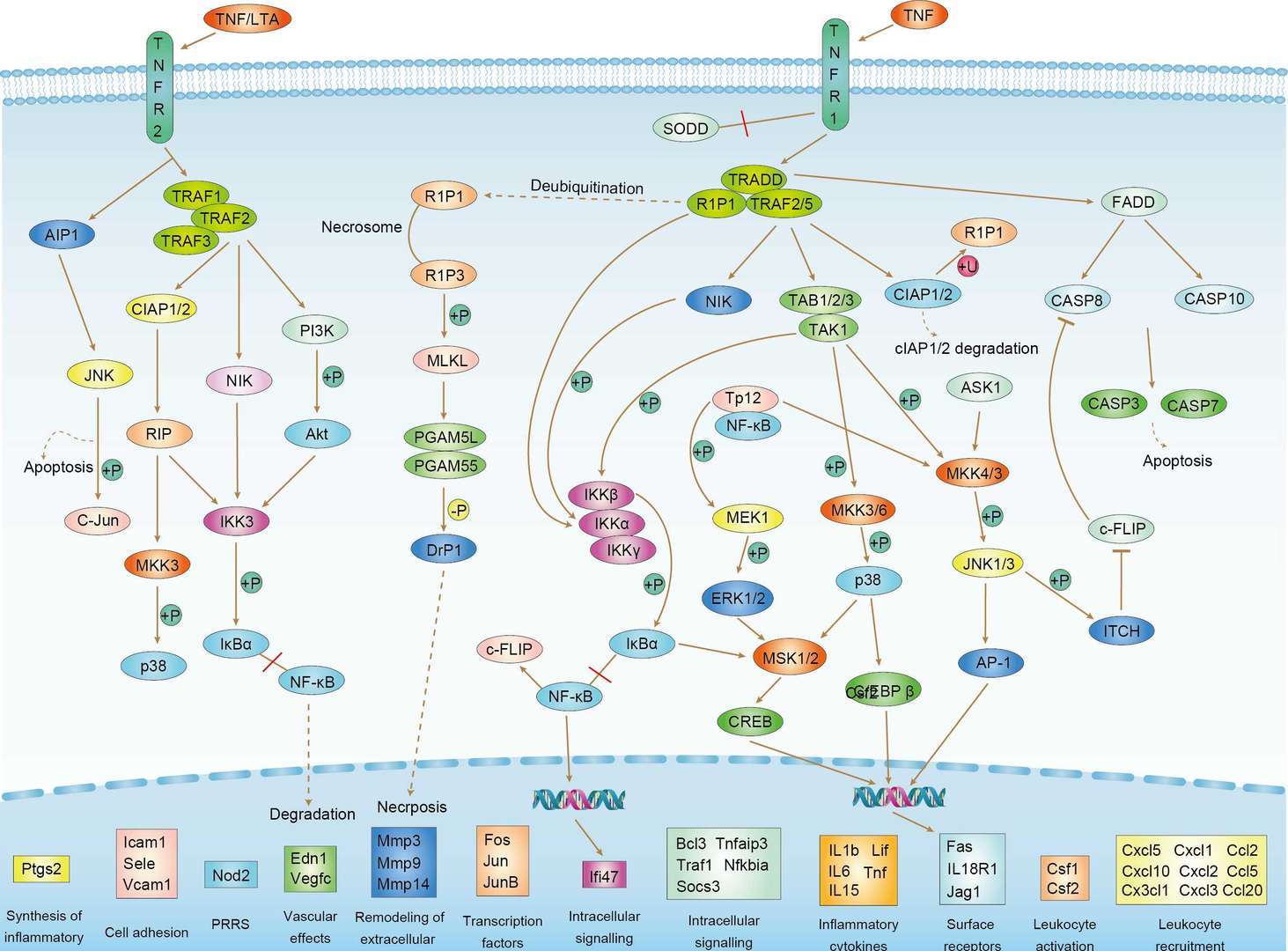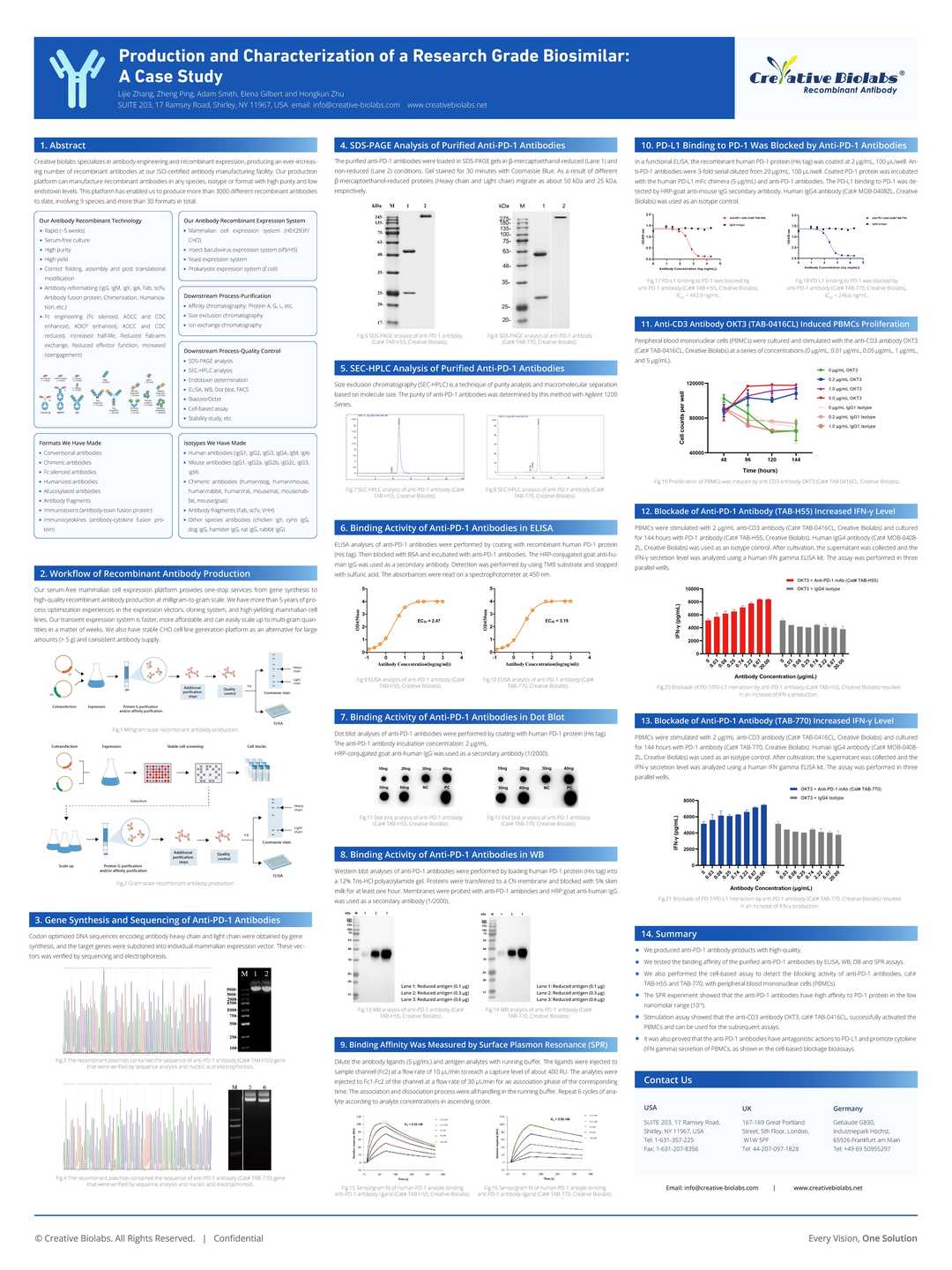Rabbit Anti-Casp7 Recombinant Antibody (VS13-YC131)
CAT#: VS13-YC131
The Rabbit Anti-Casp7 Recombinant Antibody is specific for mouse and rat Casp7. Casp7, with cysteine and aspartic-type endopeptidase activities, is active in apoptosis and protein maturation, found in several body systems and linked to diseases like Alzheimer's and cancer. The anti-Casp7 antibody can be used for Western blot (1/500-1/1000), Immunofluorescence (1/50-1/200), Immunoprecipitation (1/20).






Specifications
- Immunogen
- Recombinant mouse Caspase-7.
- Host Species
- Rabbit
- Type
- Rabbit IgG
- Specificity
- Mouse and Rat Casp7
- Species Reactivity
- Mouse, Rat
- Applications
- WB, IF, IP
- Conjugate
- NONE
- Related Disease
- Alzheimer's disease
Product Property
- Clonality
- Monoclonal
- Purification
- Affinity Chromatography purified
- Format
- Liquid
- Concentration
- Please refer to the vial label for the specific concentration.
- Buffer
- 50 mM Tris-Glycine (pH 7.4) containing 150 mM NaCl, 40% Glycerol and 0.05% BSA.
- Preservative
- 0.01% Sodium azide
- Storage
- Store at 4°C short term (1-2 weeks). Aliquot and store at -20°C long term. Avoid repeated freeze/thaw cycles.
- Shipping
- Shipping with ice pack.
Applications
- Application Notes
- Western blot (WB): 1/500-1/1000
Immunofluorescence (IF): 1/50-1/200
Immunoprecipitation (IP): 1/20
Target
- Alternative Names
- Mch3; CMH-1; mCASP-7; ICE-IAP3; caspase-7
- Gene ID
- 12369
- UniProt ID
- P97864
- Long Name
- caspase 7
- Sequence Similarities
- Belongs to the peptidase C14A family.
- Cellular Localization
- Cytoplasm; Nucleus; Secreted
- Protein Refseq
- NP_001218.1; NP_001253985.1; NP_001253986.1
- Function
- Thiol protease involved in different programmed cell death processes, such as apoptosis, pyroptosis or granzyme-mediated programmed cell death, by proteolytically cleaving target proteins.
Has a marked preference for Asp-Glu-Val-Asp (DEVD) consensus sequences, with some plasticity for alternate non-canonical sequences.
Its involvement in the different programmed cell death processes is probably determined by upstream proteases that activate CASP7 (By similarity).
Acts as an effector caspase involved in the execution phase of apoptosis: following cleavage and activation by initiator caspases (CASP8, CASP9 and/or CASP10), mediates execution of apoptosis by catalyzing cleavage of proteins, such as CLSPN, PARP1, PTGES3 and YY1.
Compared to CASP3, acts as a minor executioner caspase and cleaves a limited set of target proteins (PubMed:18723680).
Acts as a key regulator of the inflammatory response in response to bacterial infection by catalyzing cleavage and activation of the sphingomyelin phosphodiesterase SMPD1 in the extracellular milieu, thereby promoting membrane repair (PubMed:21157428).
Regulates pyroptosis in intestinal epithelial cells: cleaved and activated by CASP1 in response to S.typhimurium infection, promoting its secretion to the extracellular milieu, where it catalyzes activation of SMPD1, generating ceramides that repair membranes and counteract the action of gasdermin-D (GSDMD) pores (By similarity).
Regulates granzyme-mediated programmed cell death in hepatocytes: cleaved and activated by granzyme B (GZMB) in response to bacterial infection, promoting its secretion to the extracellular milieu, where it catalyzes activation of SMPD1, generating ceramides that repair membranes and counteract the action of perforin (PRF1) pores (By similarity).
Following cleavage by CASP1 in response to inflammasome activation, catalyzes processing and inactivation of PARP1, alleviating the transcription repressor activity of PARP1 (PubMed:22464733).
Acts as an inhibitor of type I interferon production during virus-induced apoptosis by mediating cleavage of antiviral proteins CGAS, IRF3 and MAVS, thereby preventing cytokine overproduction (By similarity).
Cleaves and activates sterol regulatory element binding proteins (SREBPs) (PubMed:8643593).
Cleaves phospholipid scramblase proteins XKR4, XKR8 and XKR9 (By similarity).
In case of infection, catalyzes cleavage of Kaposi sarcoma-associated herpesvirus protein ORF57, thereby preventing expression of viral lytic genes (PubMed:20159985).
Customer Review
There are currently no Customer reviews or questions for VS13-YC131. Click the button above to contact us or submit your feedback about this product.
Submit Your Publication
Published with our product? Submit your paper and receive a 10% discount on your next order! Share your research to earn exclusive rewards.
Related Signaling Pathways
Downloadable Resources
Download resources about recombinant antibody development and antibody engineering to boost your research.
Product Notes
This is a product of Creative Biolabs' Hi-Affi™ recombinant antibody portfolio, which has several benefits including:
• Increased sensitivity
• Confirmed specificity
• High repeatability
• Excellent batch-to-batch consistency
• Sustainable supply
• Animal-free production
See more details about Hi-Affi™ recombinant antibody benefits.
Datasheet
MSDS
COA
Certificate of Analysis LookupTo download a Certificate of Analysis, please enter a lot number in the search box below. Note: Certificate of Analysis not available for kit components.
Protocol & Troubleshooting
We have outlined the assay protocols, covering reagents, solutions, procedures, and troubleshooting tips for common issues in order to better assist clients in conducting experiments with our products. View the full list of Protocol & Troubleshooting.
Secondary Antibody
- CAT
- Product Name
Isotype Control
- CAT
- Product Name
See other products for "CASP7"
Select a product category from the dropdown menu below to view related products.
| CAT | Product Name | Application | Type |
|---|---|---|---|
| MOB-1859z | Mouse Anti-CASP7 Recombinant Antibody (clone 10F11) | WB, IHC | Mouse IgG |
| MOB-2355CT | Mouse Anti-CASP7 Recombinant Antibody (clone 8E2) | IP, WB | Mouse IgG2b |
| MRO-1271-CN | Rabbit Anti-CASP7 Recombinant Antibody (clone CBACN-460) | WB, IF, IHC | Rabbit IgG |
| VS3-CJ1043 | Rabbit Anti-CASP7 Recombinant Antibody (VS3-CJ1043) | WB, ICC, IF, IHC | Rabbit IgG |
| VS3-FY1983 | Rabbit Anti-CASP7 Recombinant Antibody (clone R06-0F6) | WB, IHC-P | Rabbit IgG |
| CAT | Product Name | Application | Type |
|---|---|---|---|
| IAB-B072(A) | Recombinant Anti-human CASP7 Intrabody [(D-Arg)9] | WB, ICC, FuncS | scFv-(D-Arg)9 |
| IAB-B072(G) | Recombinant Anti-human CASP7 Intrabody [+36 GFP] | WB, ICC, Neut, FuncS | scFv-(+36GFP) |
| IAB-B072(T) | Recombinant Anti-human CASP7 Intrabody [Tat] | IF, FC, FuncS | scFv-Tat |
| CAT | Product Name | Application | Type |
|---|---|---|---|
| MOR-0478 | Hi-Affi™ Rabbit Anti-CASP7 Recombinant Antibody (clone DS478AB) | IF, IHC-P, IP, WB | Rabbit IgG |
| CAT | Product Name | Application | Type |
|---|---|---|---|
| VS-0724-YC1356 | AbPlus™ Anti-CASP7 Magnetic Beads (VS-0724-YC1356) | IP, Protein Purification |
| CAT | Product Name | Application | Type |
|---|---|---|---|
| VS-0325-XY320 | Anti-CASP7 Immunohistochemistry Kit | IHC | |
| VS-0525-XY1007 | Anti-Mouse CASP7 Immunohistochemistry Kit | IHC | |
| VS-0525-XY1006 | Anti-Human CASP7 Immunohistochemistry Kit | IHC | |
| VS-0525-XY1008 | Anti-Rat CASP7 Immunohistochemistry Kit | IHC |
Popular Products

Application: WB, FuncS, IF, Neut, ELISA, FC, IP

Application: WB, FC, IP, ELISA, Neut, FuncS, IF

Application: IP, IF, FuncS, FC, Neut, ELISA, ICC

Application: IF, IP, Neut, FuncS, ELISA, FC, WB

Application: ELISA, FC, IP, FuncS, IF, Neut, ICC

Application: IF, IP, Neut, FuncS, ELISA, FC, WB

Application: IF, IP, Neut, FuncS, ELISA, FC, ICC

Application: WB, Neut, ELISA, IF, IP, FuncS, FC

Application: WB, IHC, FC, Cyt, ELISA

Application: WB, ELISA, Neut, FuncS

Application: ELISA, IHC, FC, IP, IF, FuncS

Application: ELISA, IHC, FC, IP, IF, FuncS

Application: ELISA, IHC, FC, IP, IF, Inhib

Application: FC

Application: IF, ICC, WB, IHC-P, IP
For research use only. Not intended for any clinical use. No products from Creative Biolabs may be resold, modified for resale or used to manufacture commercial products without prior written approval from Creative Biolabs.
This site is protected by reCAPTCHA and the Google Privacy Policy and Terms of Service apply.









 TNF Signaling Pathway
TNF Signaling Pathway









